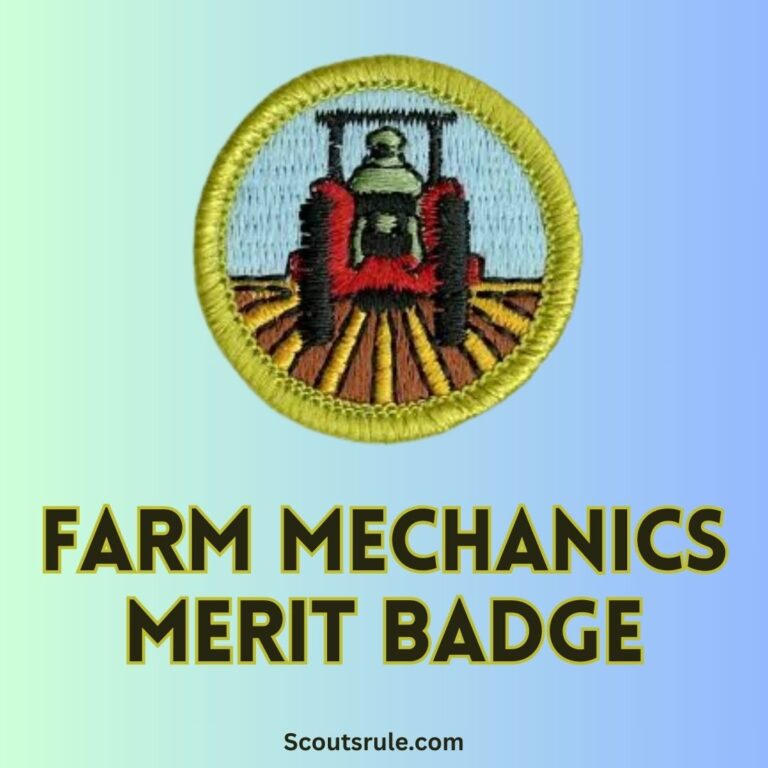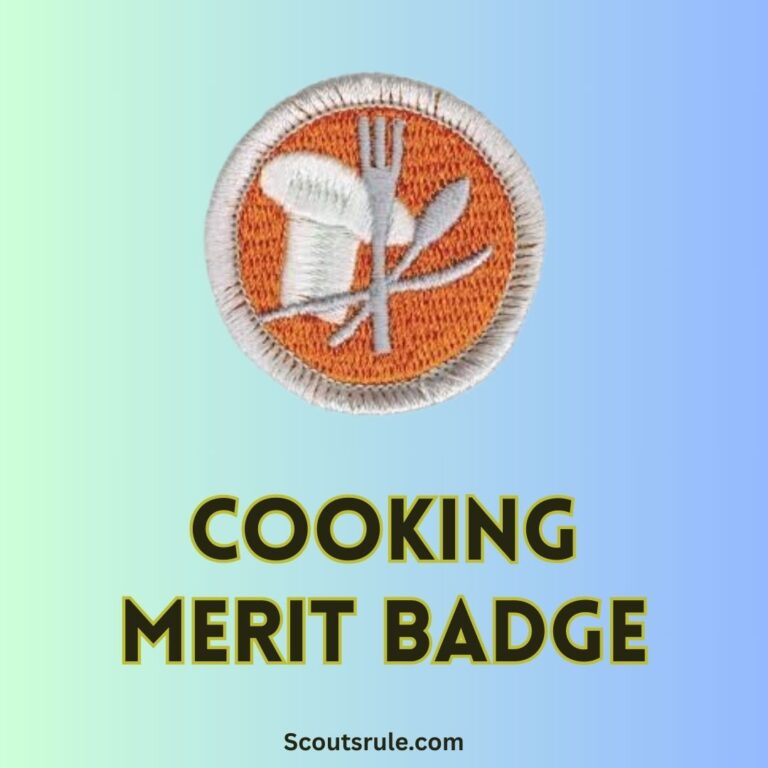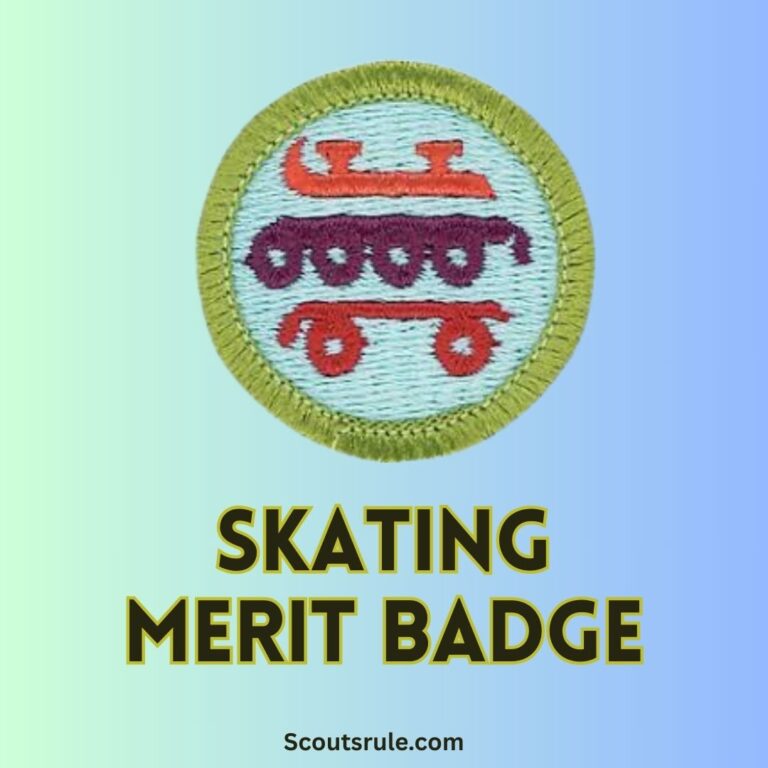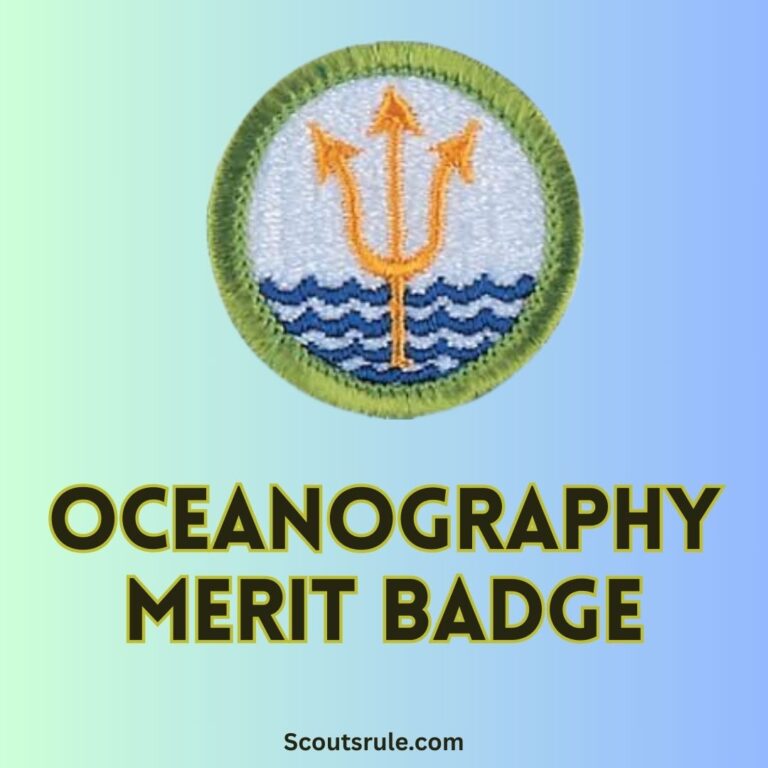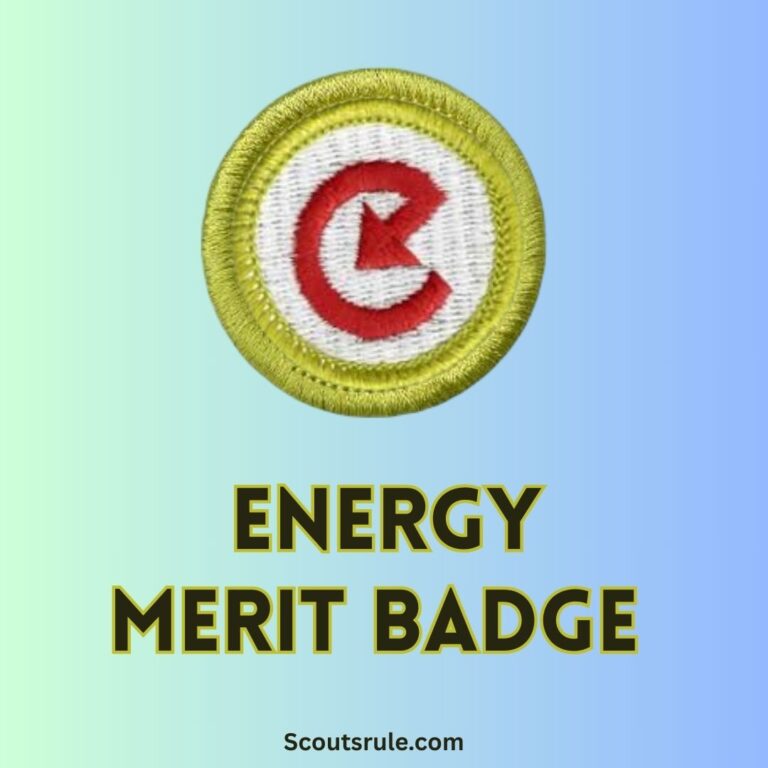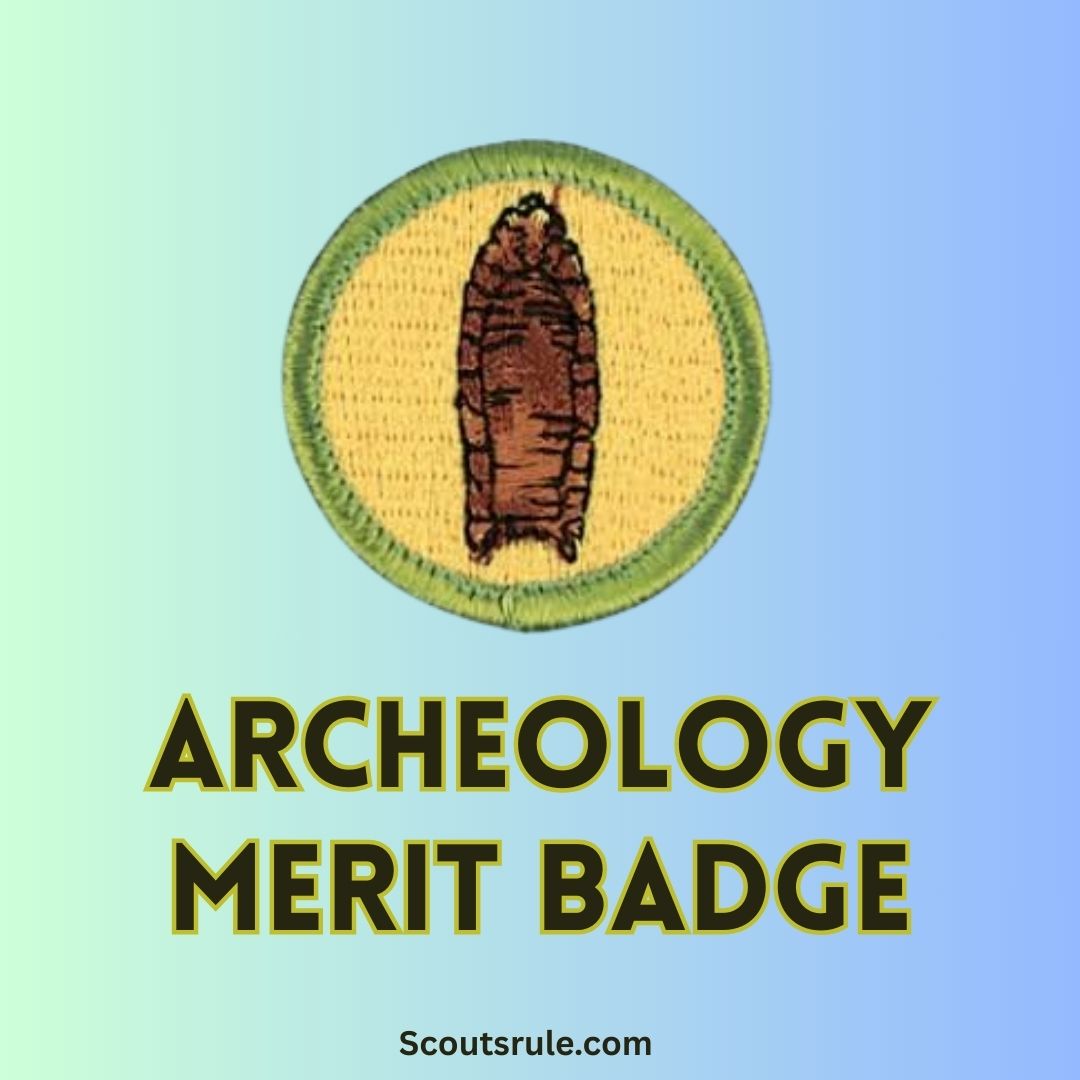
Archeology is the study of human history and prehistory through the excavation and analysis of artifacts, structures, and cultural landscapes. The Archeology Merit Badge provides scouts with an opportunity to explore this fascinating field while learning about ancient civilizations, preservation methods, and the tools used by archeologists to uncover the secrets of the past. Earning this badge is a chance to connect with history in a hands-on and meaningful way, fostering curiosity and respect for humanity’s shared heritage.
Post Contents
- Requirements for the Archeology Merit Badge
- How to Prepare for the Archeology Merit Badge
- Fun Archeology Facts
- Archaeology Merit Badge Requirements: An Insightful Guide
- What Is Archaeology?
- The Archaeological Process
- Absolute Dating and Relative Dating Techniques
- Five Remarkable Archaeological Sites
- Federal Laws, International Conventions, and Local Regulations
- Why It Is Important to Protect Archaeological Sites
- What People Should Do If They Think They Have Found an Artifact
- Ways You Can Be a Protector of the Past
- Final Thoughts
- Archeology Merit Badge FAQs
Requirements for the Archeology Merit Badge
To earn the Archeology Merit Badge, scouts must complete a series of educational and practical activities that include understanding archeological principles, participating in a mock excavation, researching archeological sites, and exploring the importance of preservation.
1. Learn the Basics of Archeology
The journey begins by understanding the fundamental concepts of archeology. Scouts must study:
- Definition of Archeology: The scientific study of artifacts, sites, and cultures of the past.
- Types of Archeology: Prehistoric, historic, underwater, and environmental archeology.
- Key Terms: Artifact, site, excavation, stratigraphy, and context.
Understanding these terms and concepts lays the foundation for deeper exploration.
2. Study the Tools of Archeology
Archeologists rely on specific tools and techniques to uncover and analyze artifacts. Scouts should learn about:
- Excavation Tools: Trowels, brushes, sieves, and picks for digging and cleaning.
- Survey Equipment: Measuring tapes, compasses, GPS devices, and aerial drones.
- Documentation Tools: Field notebooks, cameras, and software for recording findings.
Knowing how and why these tools are used helps scouts appreciate the precision involved in archeological work.
3. Explore Preservation and Ethics
Preserving archeological sites and artifacts is critical to protecting our historical heritage. Scouts must study:
- Methods of Preservation: Proper storage techniques, avoiding environmental damage, and respecting cultural heritage.
- Ethical Guidelines: Archeologists must respect local cultures, obtain permission before excavating, and avoid removing artifacts illegally.
These lessons instill a sense of responsibility for safeguarding history.
4. Research a Famous Archeological Site
Scouts should choose one famous archeological site to research. Suggestions include:
- Machu Picchu (Peru): A historic Inca site nestled in the Andes mountains.
- Pompeii (Italy): The city preserved by volcanic ash after the eruption of Mount Vesuvius.
- Stonehenge (England): A prehistoric stone circle with mysterious origins.
- The Great Pyramids (Egypt): Ancient tombs built for pharaohs of the Old Kingdom.
By exploring the history, discoveries, and significance of one site, scouts can gain a deeper understanding of archeology’s impact.
5. Participate in a Mock Excavation
The hands-on portion of the badge involves creating a mock excavation. Scouts will:
- Prepare a Site: Set up an area with buried artifacts, such as coins, pottery, or replicas.
- Excavate: Use proper techniques to uncover artifacts carefully, ensuring no damage.
- Document Findings: Record observations about each artifact, its position, and potential significance.
This activity simulates real archeological fieldwork, teaching scouts the importance of careful excavation and detailed documentation.
6. Interview an Archeologist or Attend a Presentation
Scouts must interact with an archeologist or attend a relevant event to learn about the profession firsthand. They can:
- Ask Questions: What inspired the archeologist? What are some notable discoveries they’ve made?
- Observe Techniques: Watch archeologists demonstrate tools, methods, or preservation efforts.
- Discuss Challenges: Learn about the ethical and logistical challenges archeologists face.
Direct engagement enhances understanding and appreciation for the field.
How to Prepare for the Archeology Merit Badge
Preparation is key for earning this merit badge. Scouts should:
- Research: Dive into books, documentaries, and online resources about archeology.
- Visit Museums: Explore local museums with archeological exhibits to view artifacts firsthand.
- Practice: Engage in small excavation projects or organize artifact displays to hone skills.
Fun Archeology Facts
- Oldest Known Artifact: Stone tools in Kenya date back 3.3 million years.
- Lost Cities Rediscovered: Archeologists found Troy, a city once thought to be purely mythological, in Turkey.
- Underwater Archeology: The remains of ancient shipwrecks provide insights into maritime history.
- Modern Technologies: Laser scanning and satellite imagery now help archeologists locate hidden sites.
- Cultural Exchange: Archeological finds reveal trade routes, migrations, and shared practices between civilizations.
Archaeology Merit Badge Requirements: An Insightful Guide
What Is Archaeology?
Archaeology is the scientific study of human history and prehistory through the excavation and analysis of artifacts, architecture, and cultural landscapes. It serves as a bridge to our past, unraveling stories buried in the earth and offering insights into ancient civilizations, their practices, and their beliefs. Archaeology also emphasizes preservation and ethical research, ensuring these pieces of history are safeguarded for future generations.
The Archaeological Process
The process of archaeology is methodical and precise, comprising various stages that work together to uncover, interpret, and preserve human history:
- Site Location:
Identifying potential archaeological sites is the starting point. This can be done through historical research, aerial photography, or accidental discoveries during construction or farming. - Development of Background Research and Research Design:
Researchers study historical records and previous findings to create a research plan. This ensures that excavations are purposeful and efficient. - Site Survey and Fieldwork:
Surveys are conducted to map the site, document features, and determine the best areas for excavation. Tools like GPS and drones aid in this step. - Artifact Identification and Examination:
Once unearthed, artifacts are cleaned, labeled, and examined to understand their function, origin, and historical significance. - Interpretation:
The findings are analyzed in the context of the site to reconstruct the activities, culture, and daily life of the people who once lived there. - Preservation:
Artifacts and structures are preserved using specialized methods to prevent deterioration. This includes proper storage and environmental controls. - Information Sharing:
Findings are documented and shared through publications, museum exhibits, and educational programs to inform and inspire others about the significance of archaeology.
Absolute Dating and Relative Dating Techniques
Archaeologists use dating techniques to determine the age of artifacts and sites:
1. Relative Dating:
This method places artifacts in a chronological sequence without assigning them an exact date. Techniques include stratigraphy (studying soil layers) and seriation (analyzing artifact styles over time).
2. Absolute Dating:
This method provides a specific date or range. Techniques include radiocarbon dating (measuring carbon isotopes in organic materials) and dendrochronology (studying tree ring patterns).
Five Remarkable Archaeological Sites
These globally renowned sites showcase the diversity of archaeological discoveries:
- Pompeii, Italy:
Preserved under volcanic ash, Pompeii offers a snapshot of life in a Roman city before the eruption of Mount Vesuvius in 79 CE. - Machu Picchu, Peru:
This Inca site, nestled high in the Andes, is a marvel of engineering and cultural heritage. - Stonehenge, England:
A prehistoric stone circle whose purpose remains a mystery, Stonehenge is a testament to ancient construction techniques. - The Great Wall of China, China:
Spanning thousands of miles, this iconic structure was built over centuries to protect and unify China. - Tikal, Guatemala:
A major city of the ancient Maya civilization, Tikal features towering temples and plazas surrounded by dense rainforest.
Comparing the Ages of the Sites:
These sites span millennia, from the Neolithic period (Stonehenge) to the 15th century (Machu Picchu). This demonstrates the vast timeline that archaeology encompasses.
Presentation for Cub Scouts:
Prepare an engaging presentation that highlights these sites’ unique features and significance. Use visuals, fun facts, and simple language to inspire young learners about the wonders of archaeology.
Federal Laws, International Conventions, and Local Regulations
Archaeological sites are protected by laws and conventions to preserve their integrity:
Federal Laws Protecting Archaeological Sites (USA):
- Antiquities Act (1906): Protects historic landmarks and structures on federal land.
- Archaeological Resources Protection Act (1979): Regulates excavation and prohibits unauthorized removal of artifacts.
International Conventions Protecting Archaeological Sites:
- UNESCO World Heritage Convention: Promotes the protection of cultural heritage sites worldwide.
- Hague Convention (1954): Safeguards cultural property during armed conflicts.
Local and State Regulations:
States and municipalities often have additional laws to preserve local historical landmarks and artifacts.
How These Laws and Regulations Work Together:
Together, these measures create a network of protection, ensuring that artifacts and sites are preserved for research and education while respecting cultural significance.
Why It Is Important to Protect Archaeological Sites
Protecting archaeological sites ensures that the physical evidence of our shared history remains intact. It prevents looting, destruction, and the loss of valuable information about ancient cultures. Preservation allows future generations to study and appreciate these connections to the past.
What People Should Do If They Think They Have Found an Artifact
If you believe you’ve discovered an artifact:
- Do Not Move It: Removing the artifact can disrupt its context.
- Document the Location: Take photos and note the exact location.
- Report It: Notify local archaeological authorities or museums to ensure proper examination and preservation.
Ways You Can Be a Protector of the Past
- Respect Archaeological Sites: Avoid disturbing areas under excavation or protected by law.
- Participate in Educational Programs: Learn about preservation efforts and share knowledge with others.
- Volunteer: Join local archaeology projects or historical societies to support preservation initiatives.
- Advocate: Support policies and organizations that work to protect cultural heritage.
- Educate: Inspire others by sharing the importance of archaeology in understanding humanity’s journey.
Final Thoughts
Earning the Archeology Merit Badge is an exciting opportunity to uncover the stories buried beneath the surface. Scouts gain knowledge, skills, and a deeper connection to history through research, practical experience, and ethical exploration. By understanding the importance of preservation and respecting humanity’s shared past, participants contribute to ensuring these lessons endure for future generations. Ready to dig into history? The artifacts are waiting!
Archeology Merit Badge FAQs
1. Who can earn the Archeology Merit Badge?
Any registered Scout in the Boy Scouts of America who completes the required activities and demonstrates an understanding of archeology can earn the Archeology Merit Badge.
2. What topics does this merit badge cover?
Scouts will explore the field of archeology, including excavation methods, historical preservation, important archeological sites, and how archeologists study past civilizations.
3. Do I need prior knowledge of archeology to earn this badge?
No prior knowledge is required. This badge is designed to introduce Scouts to archeological techniques, the importance of preserving history, and famous archeological discoveries.
4. What are the key skills I will learn?
Scouts will learn about excavation techniques, artifact preservation, research methods, and ethical considerations in archeology.
5. How long does it take to complete the Archeology Merit Badge?
The time required varies depending on how quickly a Scout completes the research, projects, and discussions with a merit badge counselor. Some may finish in a few weeks, while others may take longer.
6. Is there a hands-on project requirement?
Yes. Scouts must participate in a simulated dig, museum project, or another hands-on archeological activity.
7. Do I need to visit a historic or archeological site?
Yes. Scouts must visit a site, museum, or research facility to learn about archeology firsthand and report on their experience.
8. What kind of research will I need to do?
Scouts will research ancient civilizations, famous archeological discoveries, and how archeologists analyze artifacts to understand the past.
9. Can I work on this badge with a group?
Yes! While each Scout must complete the requirements individually, working in a group can make learning about archeology more interactive and engaging.
10. What is the importance of preserving archeological sites?
Scouts will learn about the dangers of looting, the importance of conservation, and ethical considerations in protecting historical artifacts and sites.
11. Will I need to interview someone for this badge?
Yes. Scouts may need to interview a professional archeologist or museum curator to learn more about the field and career opportunities.
12. How do I document my progress for this merit badge?
Scouts should keep a record of their research, site visits, interviews, projects, and any presentations or reports they complete.
13. Where can I find a merit badge counselor for Archeology?
Check with your Scoutmaster, troop leaders, or local BSA council to find a registered merit badge counselor who specializes in archeology.
14. What happens after I complete all the requirements?
Once all requirements are met, your merit badge counselor will review your work, sign off on your progress, and you can submit your completed Blue Card to your Scoutmaster for final approval and recognition.

Hi, Robin here, A former lead Scout and here I share my inspiring stories about USA Scouts, leadership, adventure, how to guides and more.

